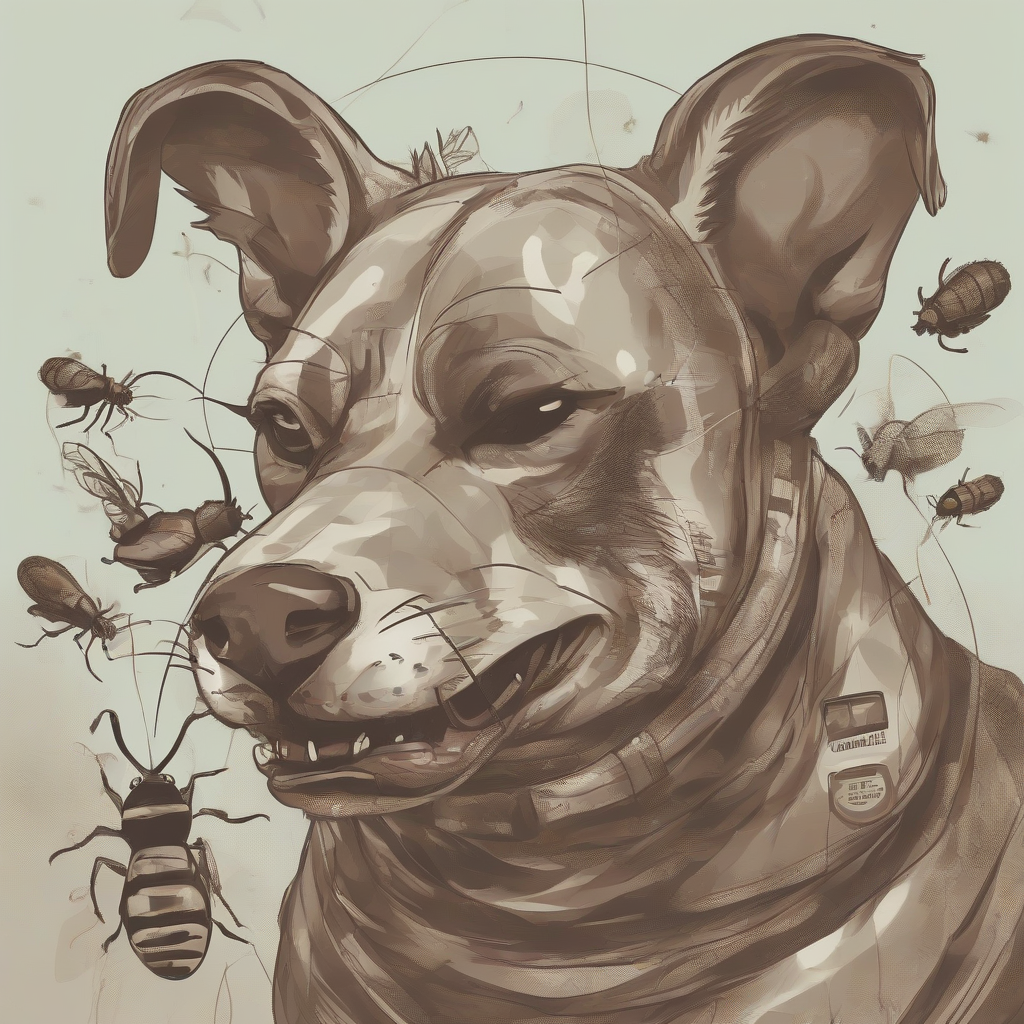The Comprehensive Guide to Animal Pest Control: Strategies, Prevention, and Ethical Considerations
Animal pest control is a multifaceted field encompassing the management of various animals considered undesirable due to their impact on human health, property, or the environment. This guide explores the diverse strategies employed, the crucial role of prevention, and the ethical considerations inherent in controlling animal populations.
Understanding Animal Pests
Defining an animal as a “pest” is context-dependent. What constitutes a pest in one situation may not be in another. Factors influencing this classification include:
- Geographic Location: A species harmless in its native range might be invasive and destructive elsewhere.
- Population Density: Even beneficial species can become pests when their numbers are excessively high.
- Human Activity: Human encroachment on wildlife habitats can lead to increased conflict.
- Economic Impact: Pests can damage crops, destroy property, or spread disease, leading to significant financial losses.
- Public Health Concerns: Certain animals can transmit diseases to humans or pets.
Common animal pests include rodents (rats, mice), insects (cockroaches, termites), birds, wildlife (raccoons, squirrels, deer), and reptiles.
Control Strategies
Animal pest control strategies can be broadly categorized into several approaches:
1. Exclusion and Prevention:
- Physical Barriers: Fencing, sealing cracks and crevices, using screens on windows and doors to prevent entry.
- Habitat Modification: Removing attractive food sources, eliminating water sources, and reducing shelter opportunities.
- Sanitation: Maintaining cleanliness, proper waste disposal, and storing food securely to reduce attractants.
2. Repellents:
- Chemical Repellents: These contain substances animals find unpleasant and avoid. Effectiveness varies depending on the species and product.
- Natural Repellents: These often utilize plant-based ingredients or scents animals dislike (e.g., peppermint oil, predator urine).
- Sonic Repellents: These emit high-frequency sounds to deter animals. Effectiveness is debated and species-specific.
3. Trapping:
- Live Trapping: Used to capture animals alive and relocate them to a more suitable habitat. Requires careful planning and consideration of legal regulations.
- Kill Trapping: Employs traps designed to kill the animal. Ethical concerns and legal restrictions necessitate careful consideration.
- Glue Traps: These traps adhere to the animal’s fur or skin. Highly controversial due to the suffering they inflict.
4. Biological Control:
- Predators: Introducing natural predators of the pest species (e.g., owls for rodents). Requires careful assessment of potential ecological impacts.
- Parasitoids: Using insects that parasitize or kill the pest. This approach is highly species-specific.
- Disease Organisms: Employing pathogens to control pest populations. Strict regulations govern the use of biological control agents.
5. Chemical Control:
- Rodenticide: Poisons used to kill rodents. Pose risks to non-target species and require careful application.
- Insecticides: Chemicals used to kill insects. Environmental and health implications must be carefully considered.
- Pesticides for Other Animals: Specific pesticides exist for various animals, but their use necessitates adherence to strict regulations and safety precautions.
Prevention: A Proactive Approach
Prevention is the cornerstone of effective animal pest control. It’s far more efficient and humane to prevent pest infestations than to manage them after they’ve occurred.
- Regular Inspections: Identifying potential entry points and signs of pest activity early allows for swift intervention.
- Proper Waste Management: Prompt disposal of garbage and food waste eliminates attractants.
- Secure Food Storage: Storing food in airtight containers prevents access to pests.
- Landscaping Practices: Maintaining a well-maintained lawn and removing debris reduces hiding places for pests.
- Home Maintenance: Repairing cracks and holes in walls, sealing gaps around pipes and windows prevents entry.
Ethical Considerations
Animal pest control methods must be carefully evaluated through an ethical lens. Factors to consider include:
- Minimizing Suffering: Methods that inflict unnecessary pain or distress should be avoided. Humane trapping and quick euthanasia are preferred when lethal methods are necessary.
- Non-Target Species: Strategies should minimize harm to non-target species, including beneficial insects, birds, and other animals.
- Environmental Impact: The use of chemicals should be minimized due to potential environmental contamination and harm to ecosystems.
- Legal Compliance: Adherence to all applicable laws and regulations is crucial. Some methods are prohibited or require permits.
- Relocation vs. Euthanasia: The ethical implications of relocating captured animals need careful consideration, including the animal’s welfare in a new location and the potential impact on the receiving ecosystem.
Specific Animal Pest Control Strategies
Strategies vary significantly depending on the animal pest in question. Here’s a brief overview:
Rodent Control:
- Exclusion: Sealing entry points, using rodent-proof containers.
- Trapping: Live traps for relocation or kill traps (consider ethical implications).
- Rodenticide: Use only as a last resort and carefully follow instructions.
Insect Control:
- Sanitation: Regular cleaning and waste disposal.
- Insecticides: Use with caution, opting for less toxic options whenever possible.
- Biological Control: Introducing natural predators (e.g., parasitic wasps).
Bird Control:
- Exclusion: Bird netting, spikes on ledges.
- Repellents: Visual deterrents (e.g., shiny objects, scarecrows).
- Habitat Modification: Removing nesting sites.
Wildlife Control:
- Exclusion: Fencing, securing garbage cans.
- Repellents: Predator urine, noisemakers.
- Relocation: Capture and transport to a suitable habitat (often requires permits).
Professional Pest Control Services
For complex infestations or situations requiring specialized expertise, professional pest control services offer valuable assistance. They possess the knowledge, tools, and licensing to effectively and safely manage pest problems.
When choosing a professional service, ensure they are licensed and insured, utilize humane methods, and offer environmentally responsible solutions.
Conclusion
Effective animal pest control requires a comprehensive approach combining prevention, strategic control methods, and careful ethical consideration. By understanding the diverse strategies available and prioritizing humane and environmentally responsible practices, we can minimize the negative impacts of animal pests while protecting both human interests and the well-being of wildlife.
